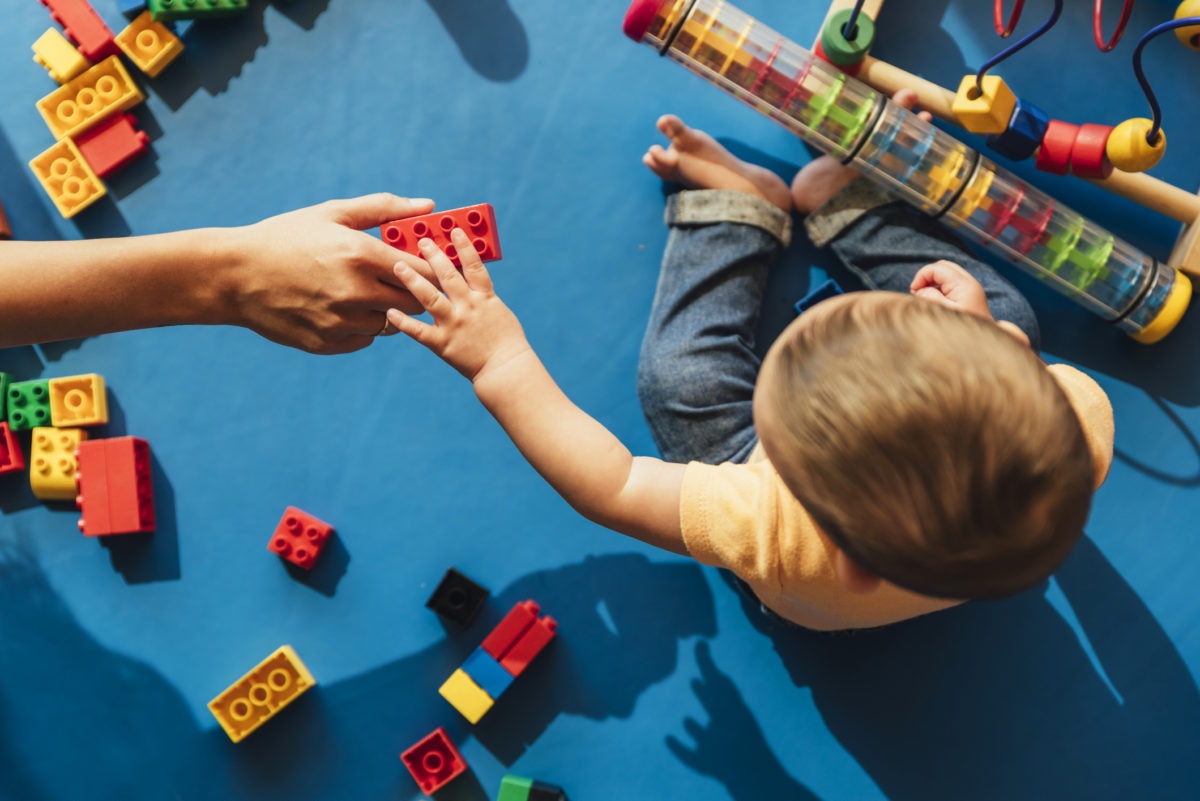“Safety and health factors are important to parents, but too often, parents aren’t sure how to determine if a childcare option is safe and healthy.” Parenting is one of the most heavily debated topics there is. But at the end of the day, don’t we all want the same thing – healthy and safe kids? It’s a parent’s top priority, and it’s why finding childcare can be so anxiety provoking. A new national poll from the University of Michigan shows that it’s also remarkably challenging. According to C.S. Mott Children’s Hospital National Poll on Children’s Health at the University of Michigan, two out of three parents struggle to find childcare that meets their safety and health standards. That’s a pretty troubling statistic, especially given the fact that dual-income families represent the overwhelming majority in the U.S. – meaning that most parents rely on childcare. The poll report includes responses from a nationally representative sample of 307 parents who had at least one child ages one to five. These parents shared their desired and required criteria for childcare centers or individuals they entrust with their kids’ care. The poll revealed that, for parents looking at daycare or preschool centers, safety and practical matters are of utmost importance. Parents are seeking locked doors, a safe outdoor play space, and background checks for staff. For parents considering an in-home daycare, the most important considerations turned out to be clean kitchens and healthy food, plus available books and educational toys. Parents also have deal-breakers when it came to selecting childcare. The most common are safety-related. About 70 percent of parents report that they would not send their child to a school or center located in a “sketchy” area, and 56 percent note they would never choose a place with guns on the premises. Forty-eight percent of parents say the presence of other adults besides staff is also a disqualifier. Health matters, too. Roughly four in 10 parents would not consider a childcare facility that allows unvaccinated children to attend. About three in 10 parents wouldn’t choose an in-home or center option where a staff person smokes. Unfortunately, 62 percent of parents say it’s hard to find childcare options that meet their standards. But perhaps even more unsettling is that only half of parents feel confident in their ability to even discern whether a childcare setting is safe and healthy, making the daycare search a stressful process. Parents don’t want to compromise on the level of care their children receive, and yet, many are not even sure how to tell what’s a good fit or not. Poll co-director Sarah Clark advises parents to go the extra mile in assessing childcare options. She suggests taking the following steps:
- Make a drop-in visit to evaluate safety measures, like the security of the entrance and the location of a playground in relation to the street.
- Research their health-related policies, such as vaccination requirements for kids and staff, and look into their rules about background checks and security policies.
- Talk to the director about other health and safety concerns.



